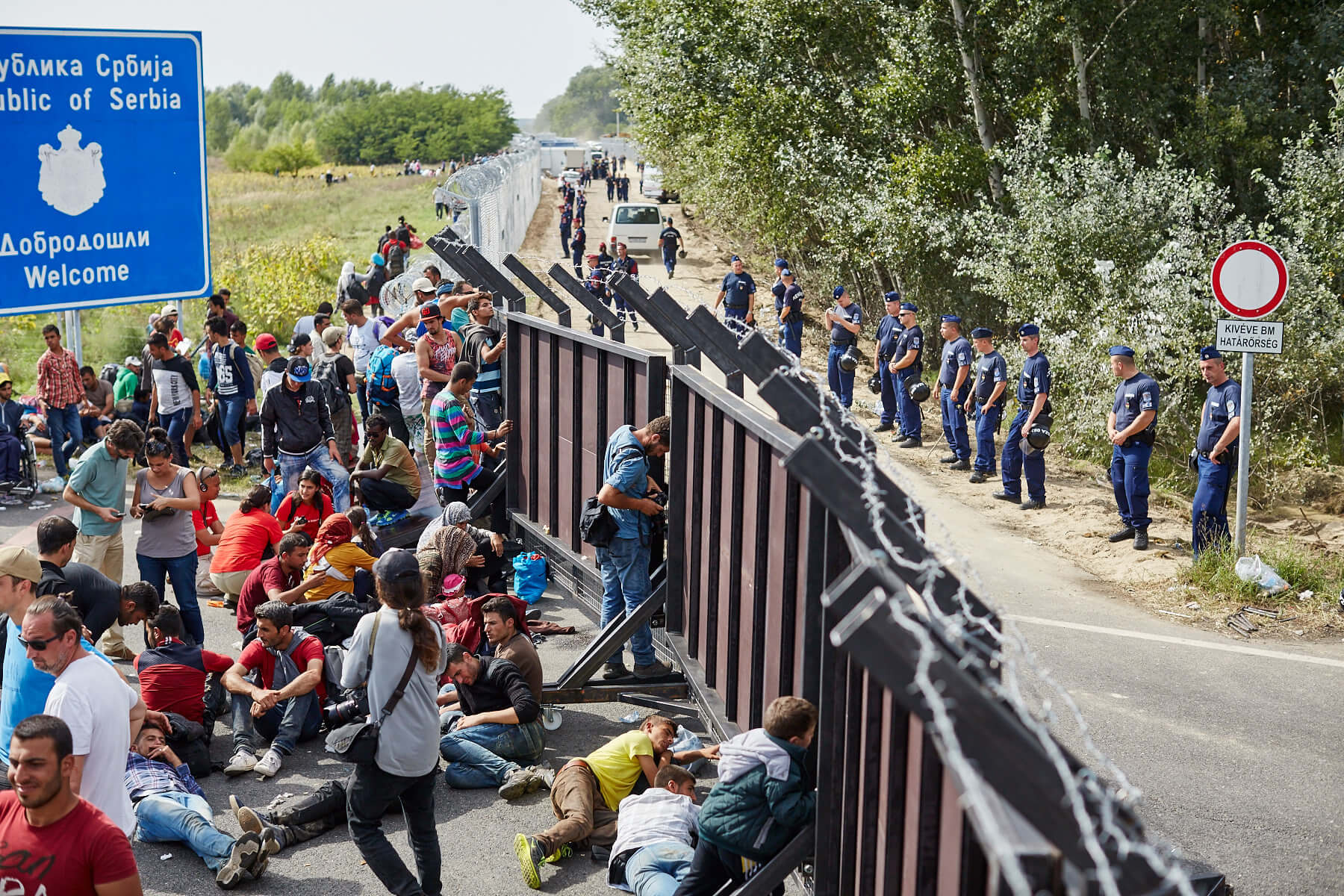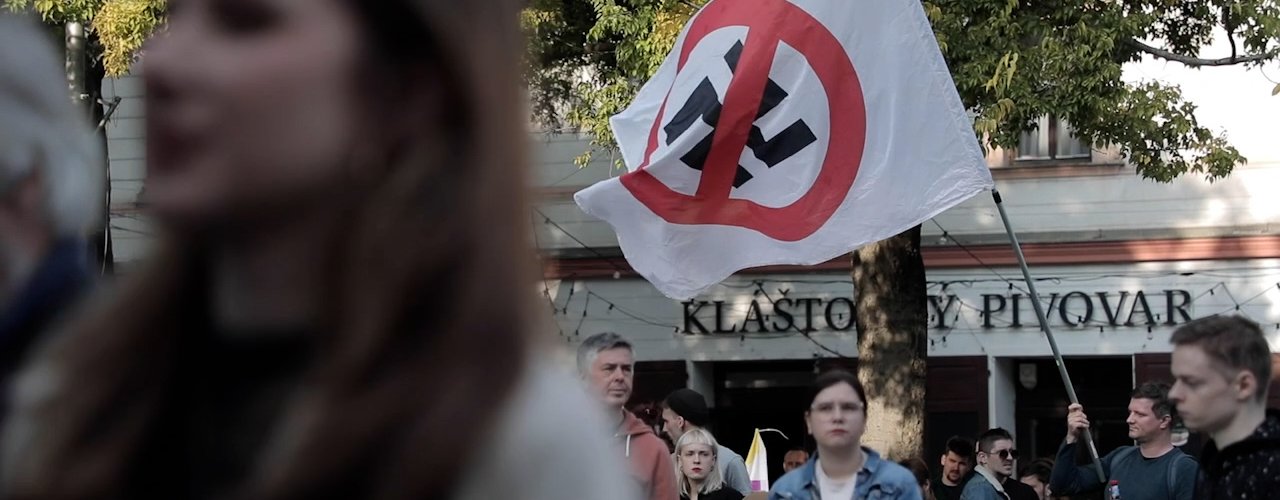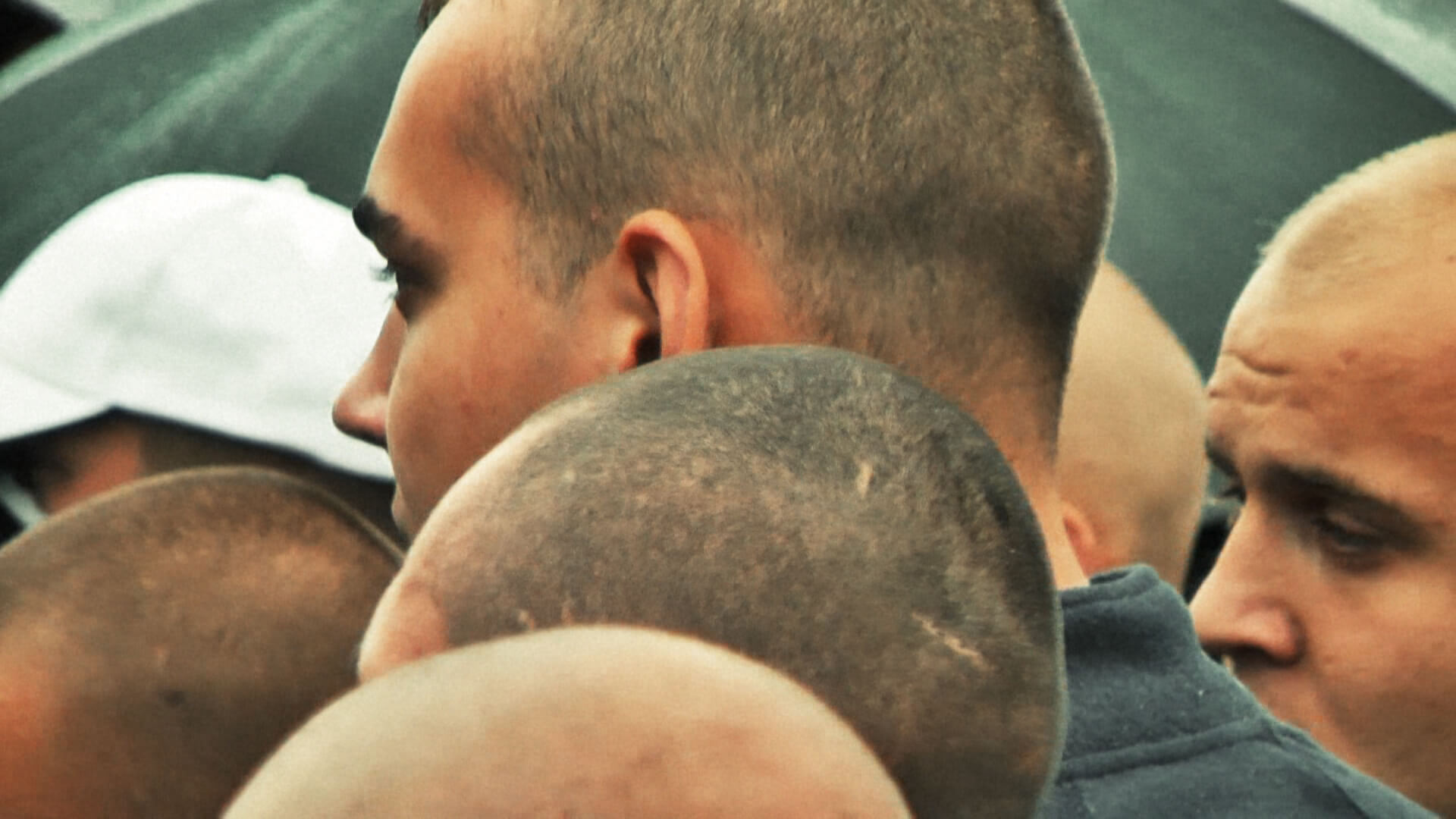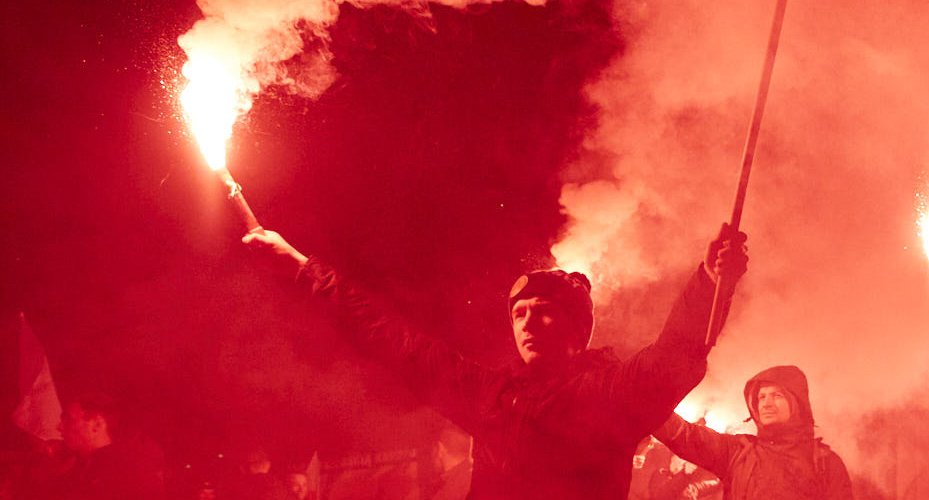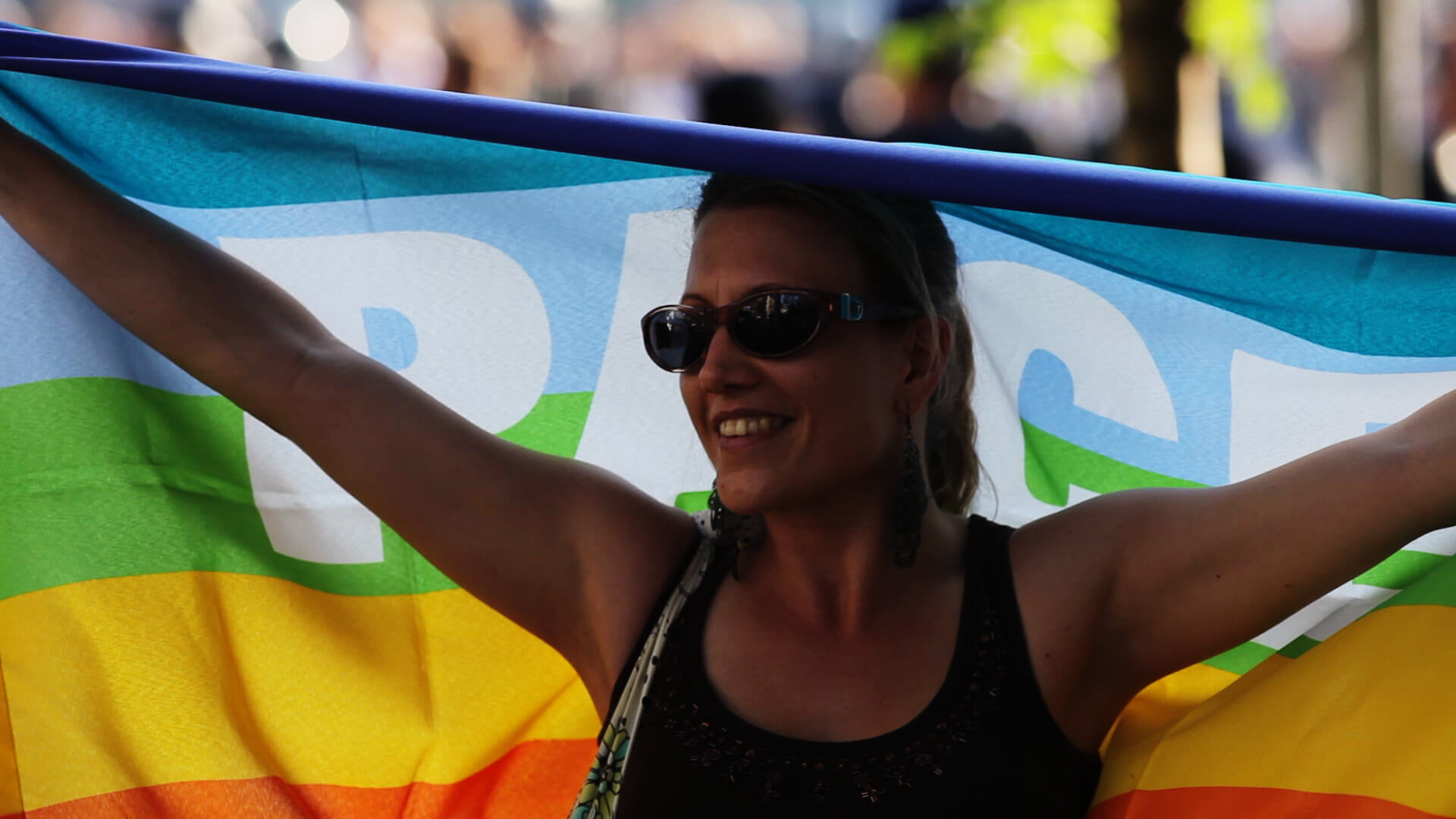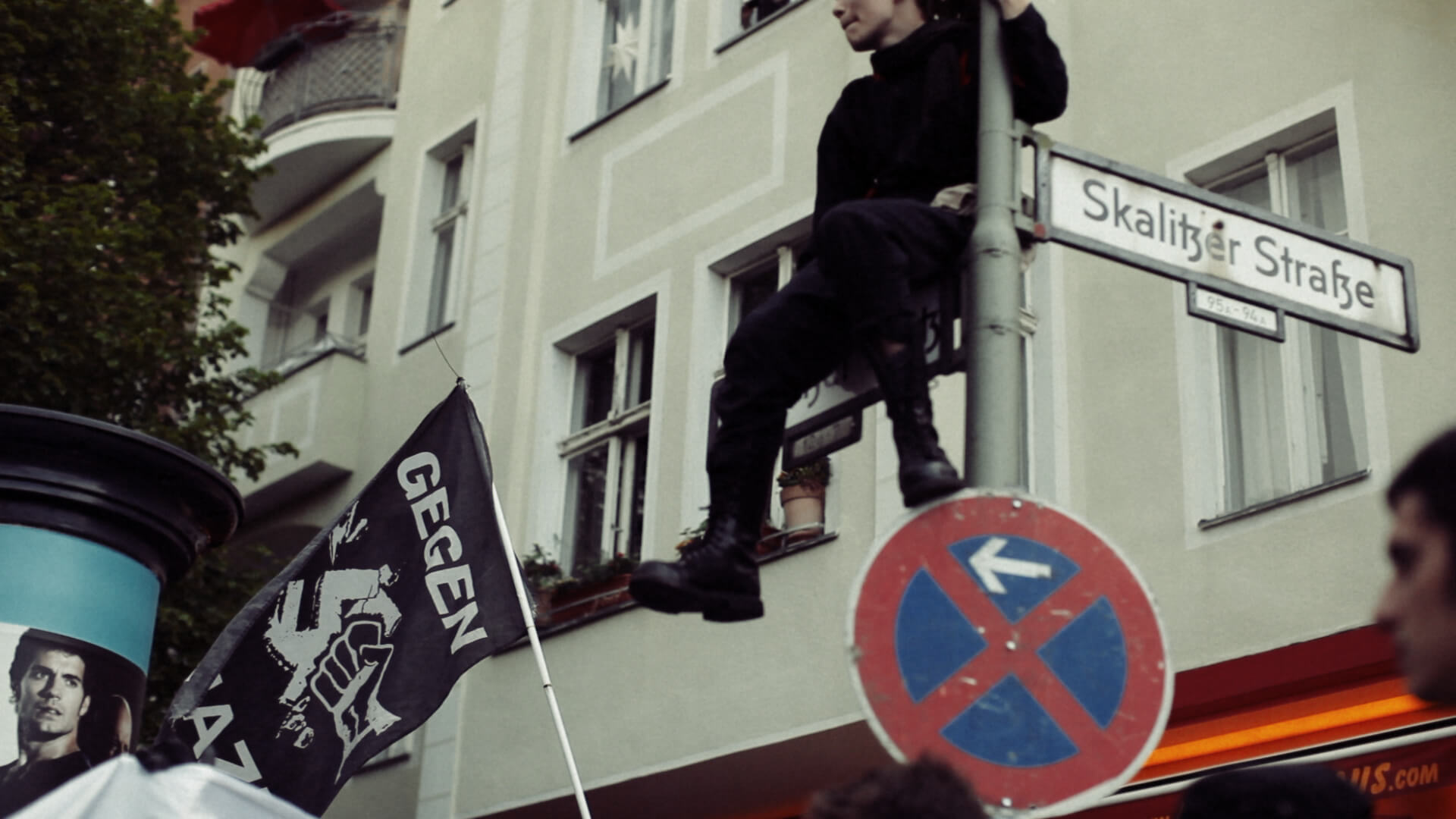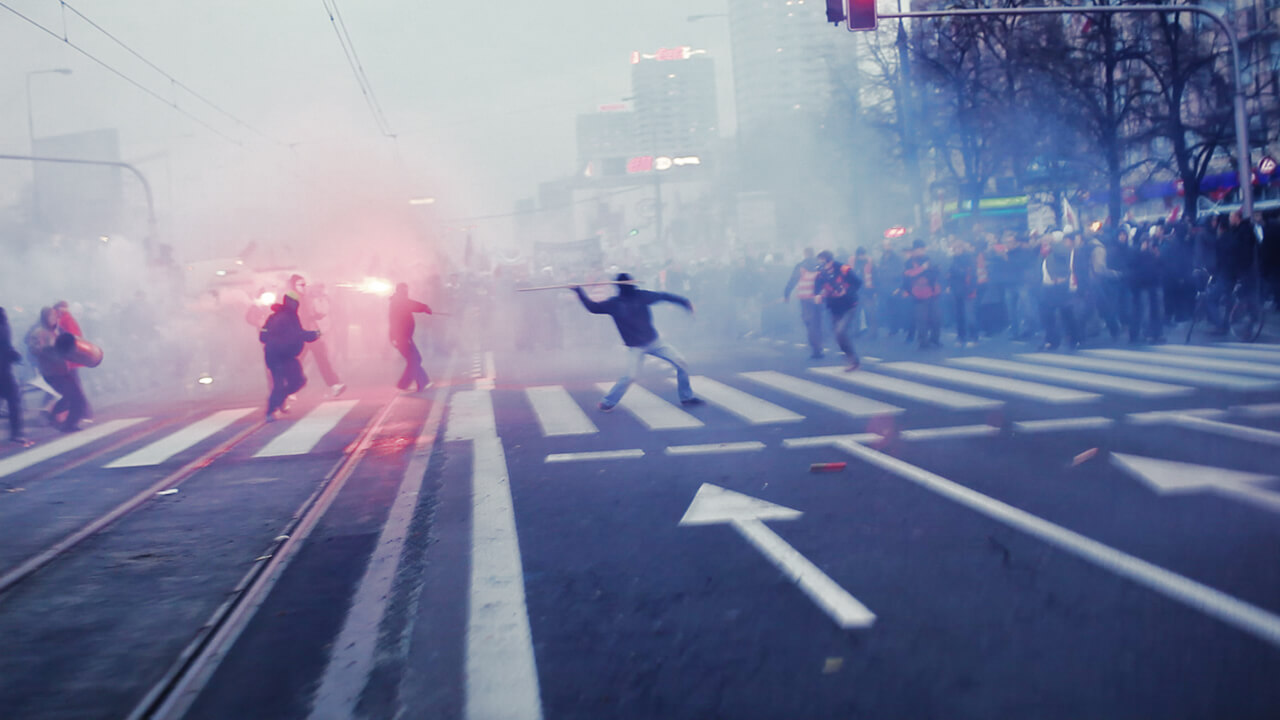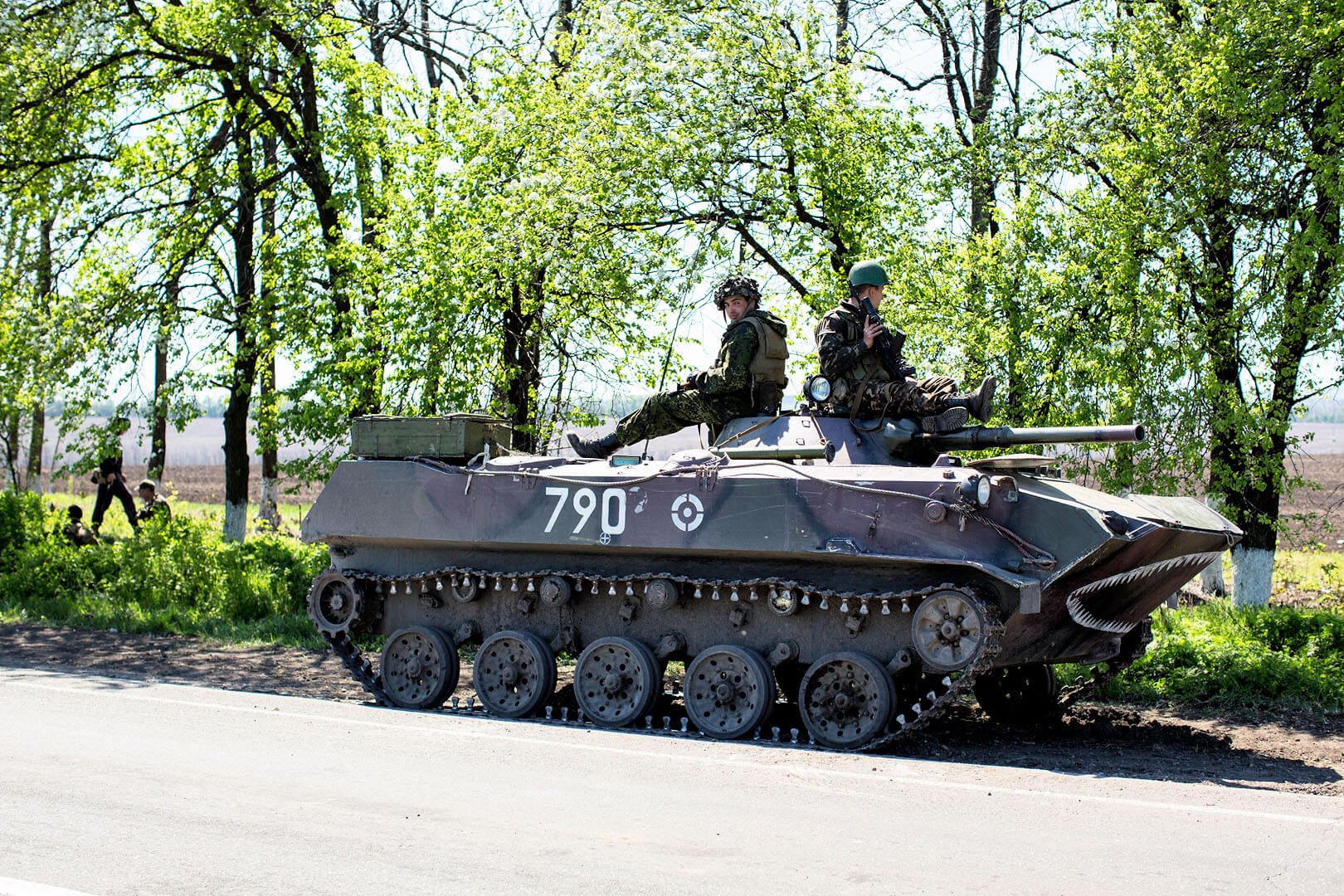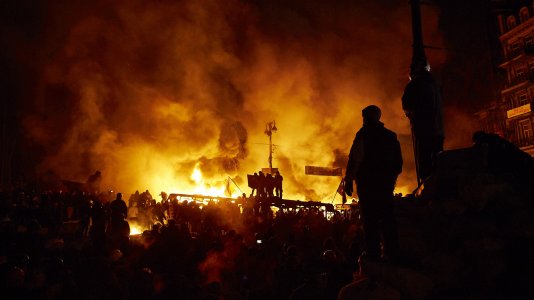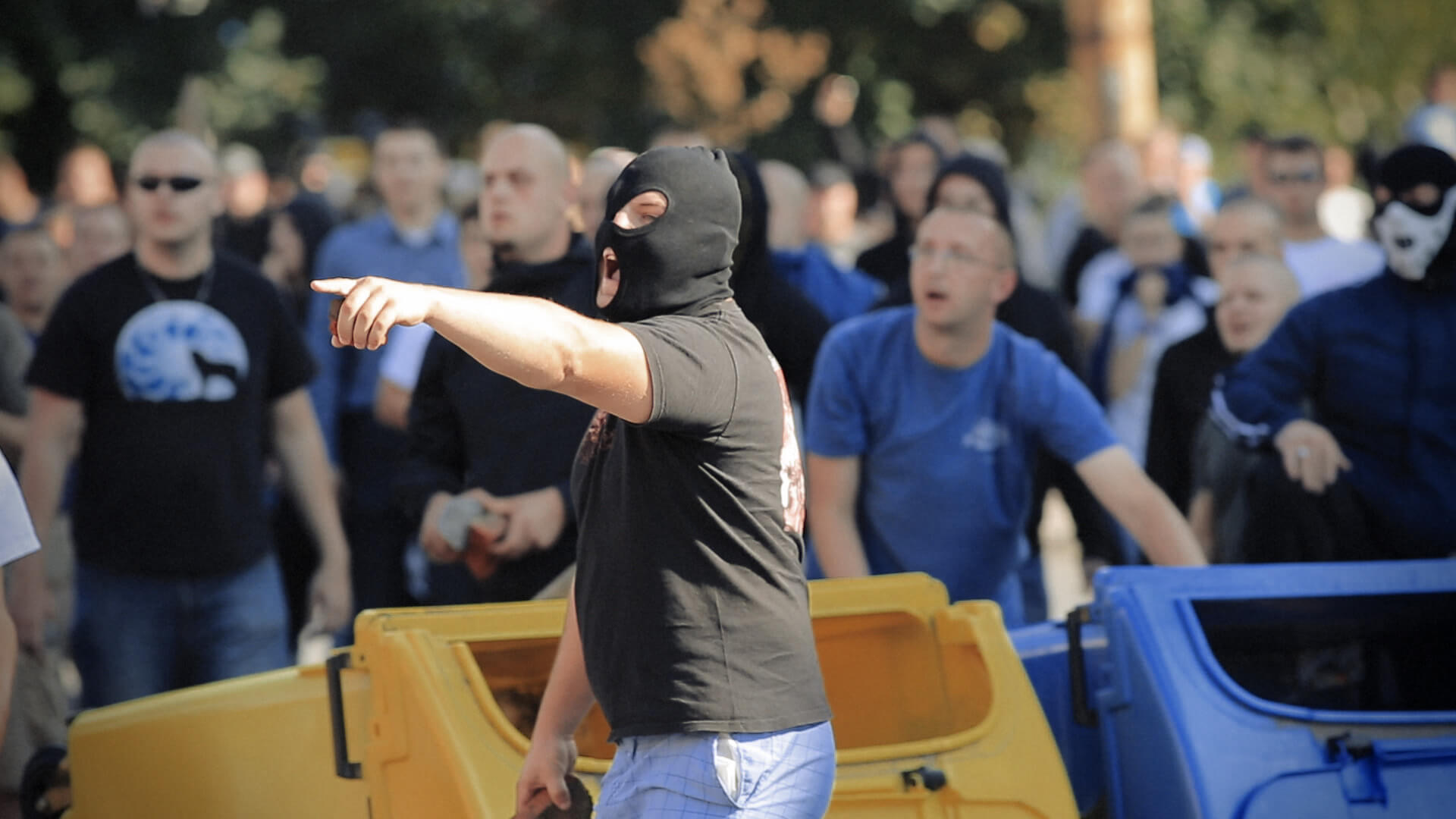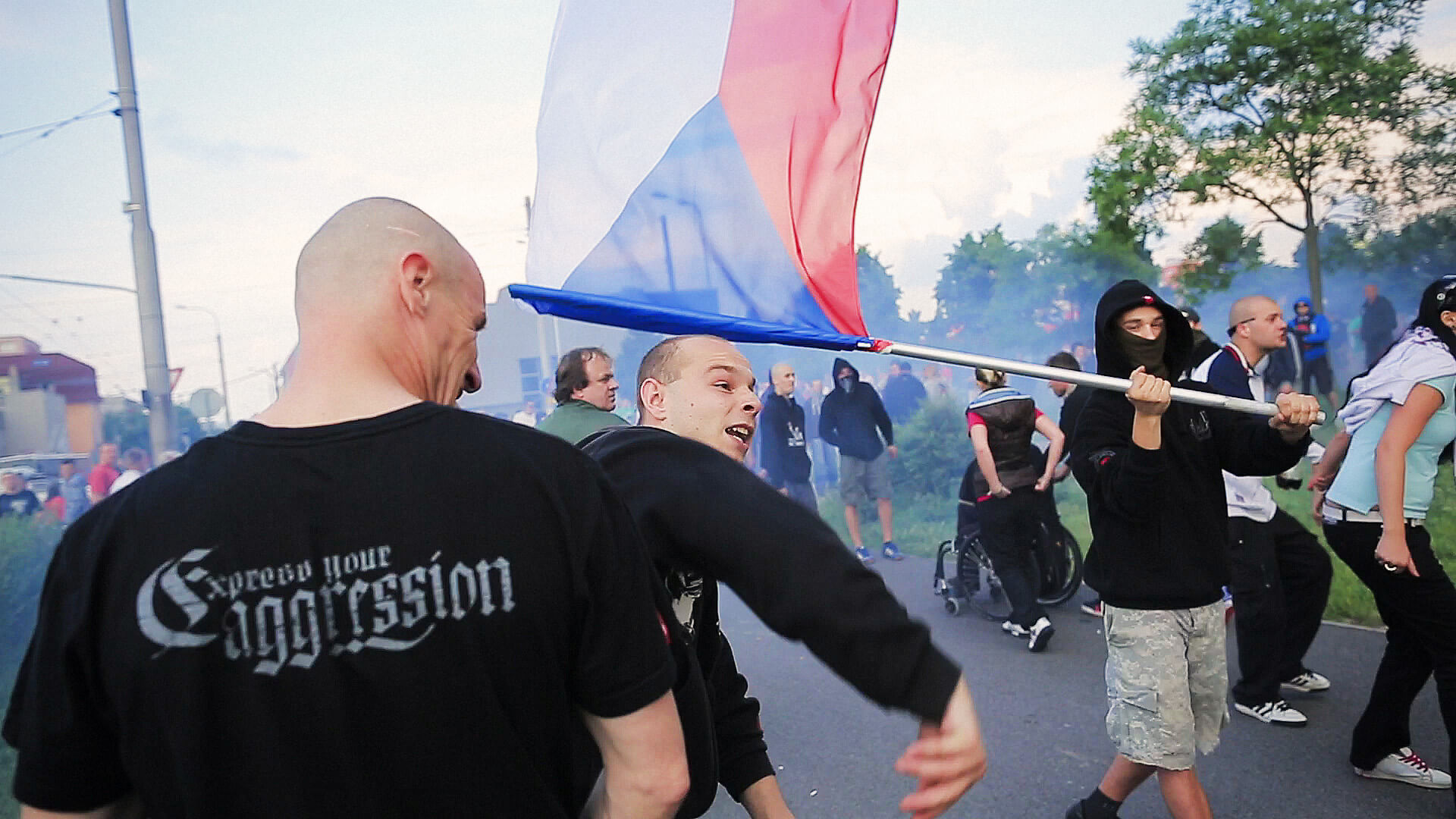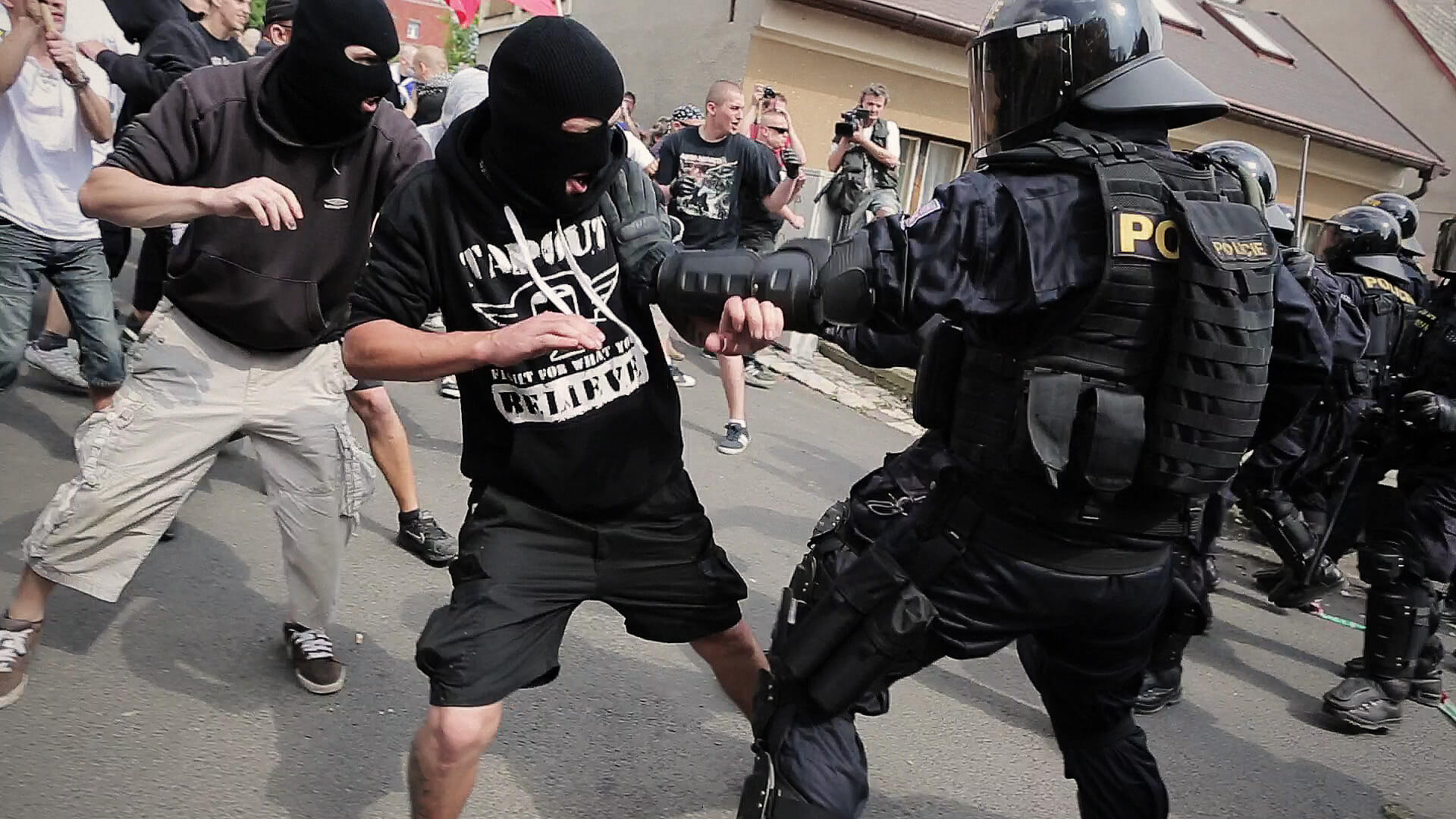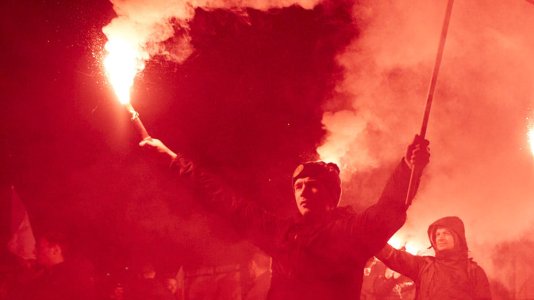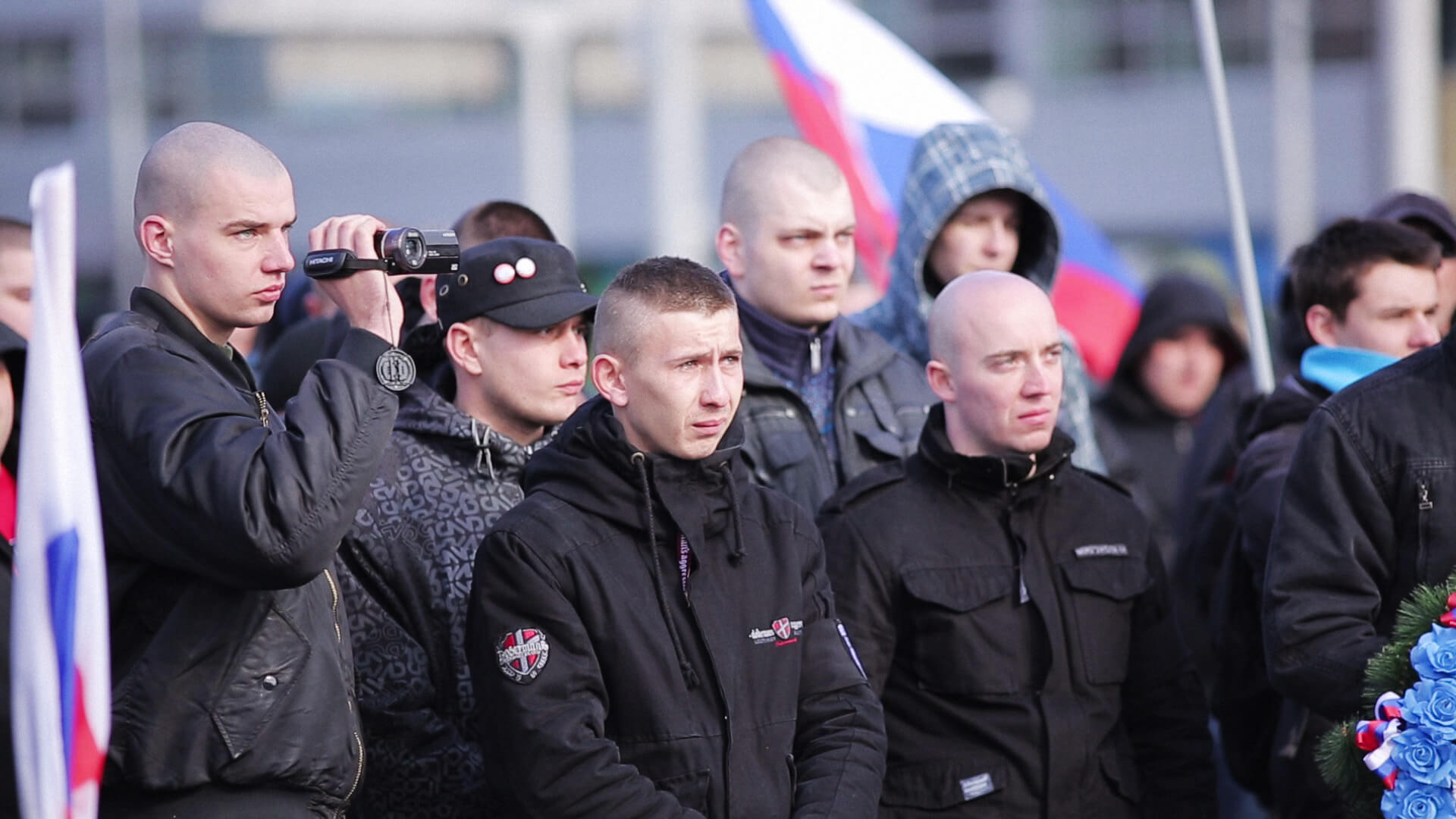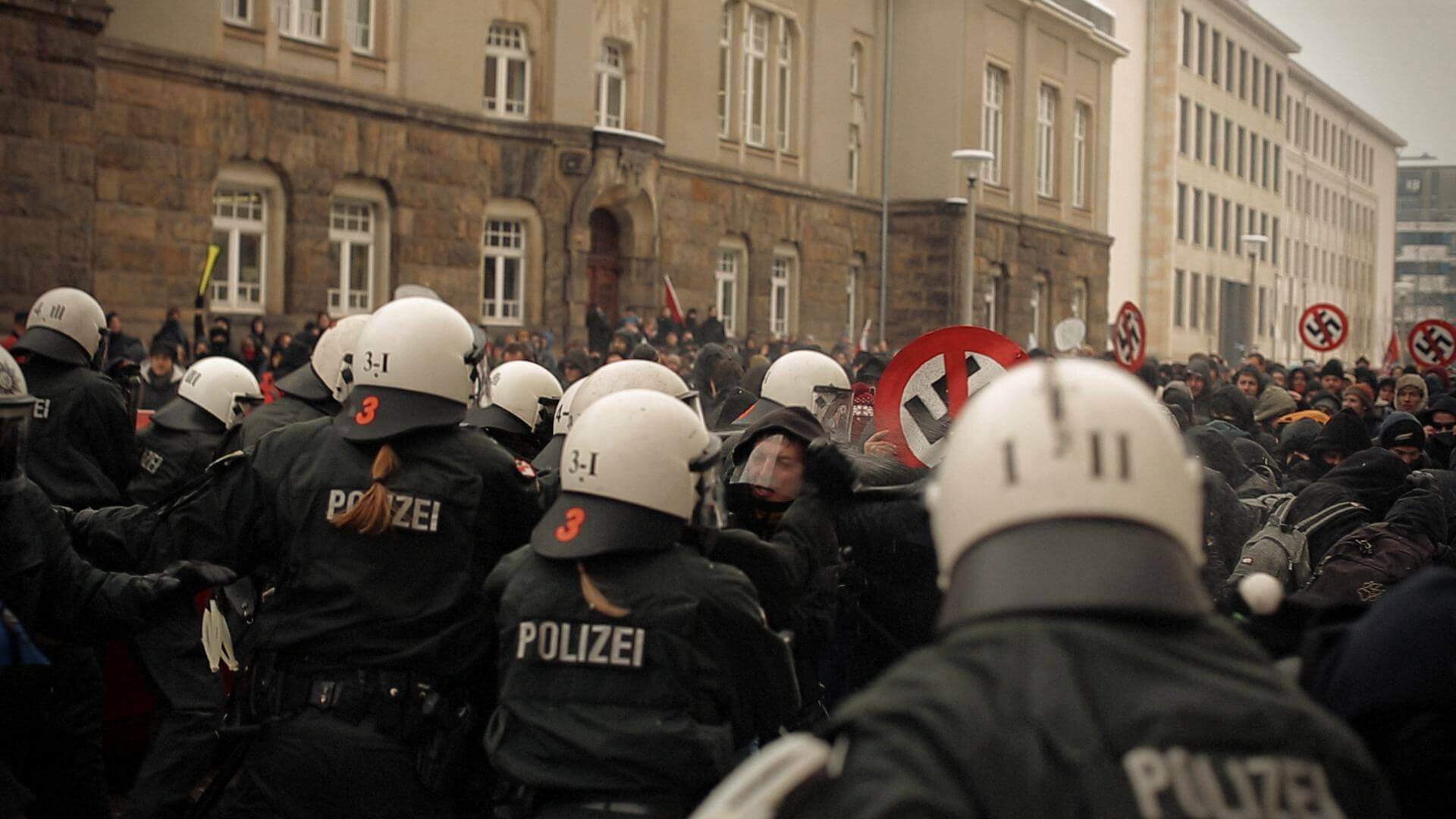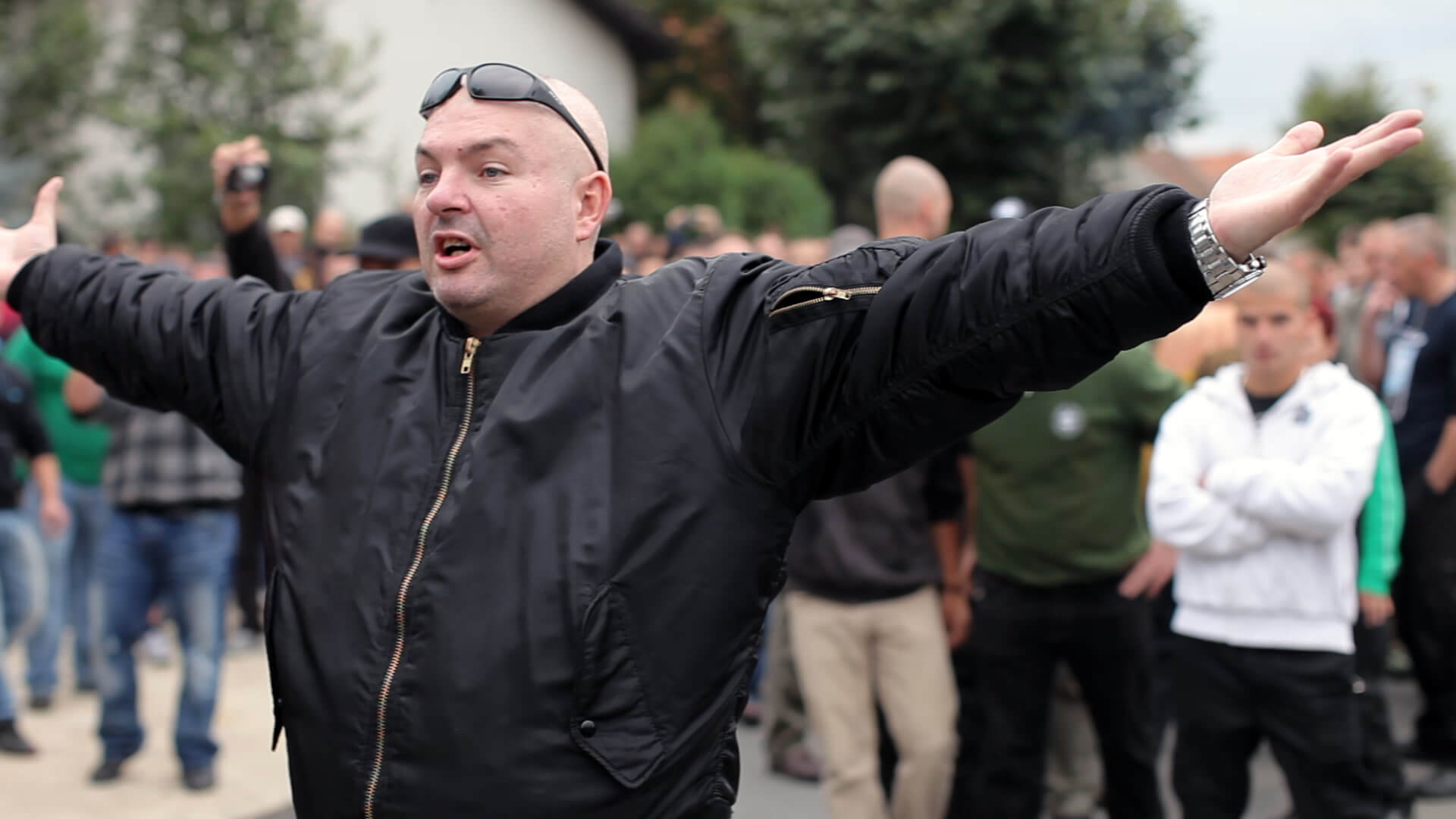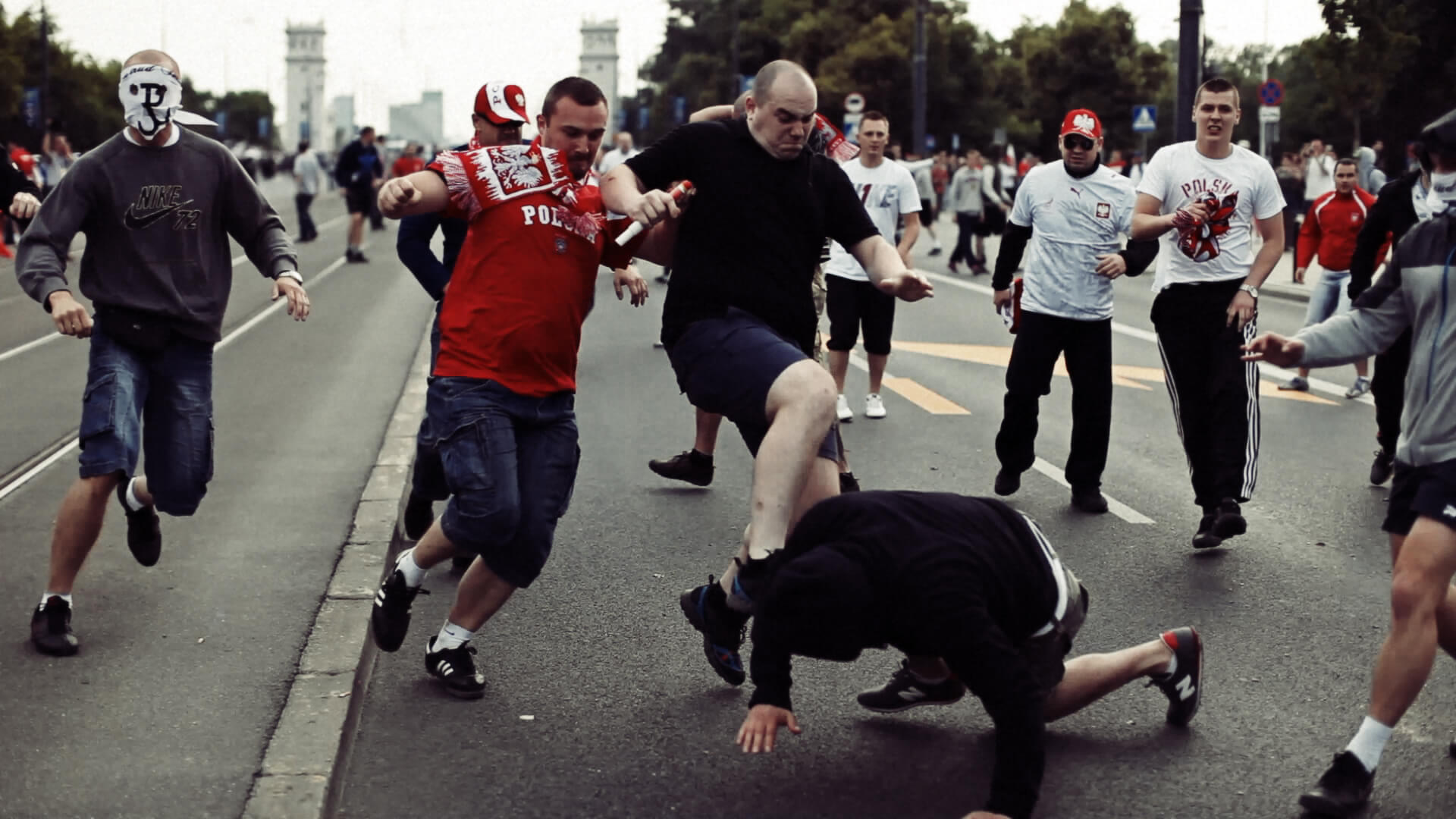Ukrainian forces mobilized near Sloviansk and Kramatorsk, where separatists had seized government buildings. Despite the tense atmosphere and likelihood of conflict, the mood in eastern Ukraine remained defiant. Sloviansk, a small industrial town near the Russian border, transformed into a potential battleground. Armed pro-Russia activists occupied a police station and were prepared to face Ukrainian forces. The situation escalated as machine-gun fire was heard and Ukrainian forces clashed with...
In late 2013 and early 2014, anti-government protests known as EuroMaidan began in Ukraine, triggered by President Viktor Yanukovych’s decision to abandon closer ties with the European Union in favor of Russia. In December 2013, Russia offered Yanukovych a $15 billion bailout and a 33 percent discount on imported natural gas. The protests turned deadly on January 22, 2014, when at least three protesters were killed by gunshot during a police assault on the crowd, and more than 300 were...
V61: March of far-rights (Polish and Czech hooligans) against Roma people in Ostrava
During the summer of 2013, the Czech Republic saw a wave of far-right rallies against the Roma people. These rallies were sparked by a violent incident at a swimming pool in the town of Dubí, where a group of Roma individuals allegedly attacked a non-Roma woman who had confronted a young Roma boy for splashing water. The incident was widely reported in the media and quickly became a topic of debate in Czech society. On June 24th, 2013, anti-Roma demonstrators gathered in several cities across...
Far-right protests in Ceske Budejovice against the Roma community turned violent on Saturday, 29 June 2013, resulting in eight people being injured, including two police officers. More than 100 people were detained during the clashes, and police found baseball bats, brass knuckles, gas pistols and other weapons in possession of the demonstrators. Protestors had attempted to reach neighborhoods where the Roma population was prominent, leading to confrontations with the police. Officers used tear...
On June 22, 2013, supporters of the radical Workers’ Party of Social Justice (DSSS) gathered at the Légií Square on the outskirts of the Roma quarter in Duchcov, Czech Republic. Shortly after the DSSS leader’s speech, the protesters clashed with police when they attempted to break through a police cordon to reach a group of Roma residents. At the same time, the civil association Konexie organized a public gathering called “Čikhatar het/Z bahna von” to support the Duchcov...
There are some issues in which, in contrast to others, most of the former SFR Yugoslavia countries are not falling behind compared to other countries of Europe. One of those issues is, of course, the new nationalism which is widespread over the whole Europe and its frequency is dependant on the country and the region in which it is manifested.As in other European post-socialist countries, right-wing politics was the most usual orientation of the new governments, which in the case of SFRY was...
On March 16, 2013, around 200 people gathered at SNP Square in Bratislava to block the path of far-right extremists marching to the grave of Jozef Tiso. The blockade was personally supported by the city’s mayor, Milan Ftáčnik, who led the procession waiting for the arrival of the neo-Nazis. The office announced the blockade at the mayor’s request the day before the event. Ftáčnik emphasized the importance of expressing opposition to the far-right in a lawful and peaceful manner, so...
On February 13th, 2013, more than 10,000 anti-fascist activists formed a human chain in downtown Dresden to protest against neo-Nazi marches on the 68th anniversary of the WWII bombing that destroyed the city. The demonstration marked a symbolic gesture against the right-wing extremist groups. Although thousands of participants formed a human chain, no clashes were reported with the participants of the planned parallel neo-Nazi rally. Approximately 3,000 police had been deployed earlier in the...
On November 11th, 2012, Poland celebrated its Independence Day, but the celebrations were overshadowed by a controversial march known as the Marsz Niepodleglosci (March of Independence). The march was organized by far-right groups, and it attracted thousands of participants, many of whom espoused nationalist and anti-Semitic views. The march began peacefully, with participants carrying Polish flags and chanting slogans in support of their country. However, as the march progressed, tensions...
On September 29, 2012, promoters of the far-right People’s Party Our Slovakia (Ľudová strana Naše Slovensko – LSNS) are planning an event to “clean up” the Romani settlement in Krásná Hôrka, Slovakia. The party is inviting people to attend the event through social networks and its website, claiming that more than 300 people might participate. Marián Kotleba, the party’s leading candidate, has requested the Slovak State Police to coordinate the event. Kotleba recently...
On July 7, 2012, the annual Budapest Gay Pride Parade took place amidst a backdrop of heightened security measures, as the event drew both passionate supporters and vehement opponents. The parade served as a vibrant celebration of the lesbian, gay, bisexual, and transgender (LGBT) community in Hungary while also highlighting the challenges faced by the community in a tense social and political climate. The 2012 Budapest Gay Pride Parade saw thousands of participants take to the streets...
The match between Poland and Russia was a highly anticipated event during the Euro 2012 tournament. The two countries have a long and complicated history, with tensions between them dating back centuries. This history, coupled with the presence of violent fans on both sides, made the match a potential security risk. The authorities in Warsaw were well aware of the risks posed by the match and had taken measures to ensure the safety of fans and residents. Nearly 6,000 police officers were...















